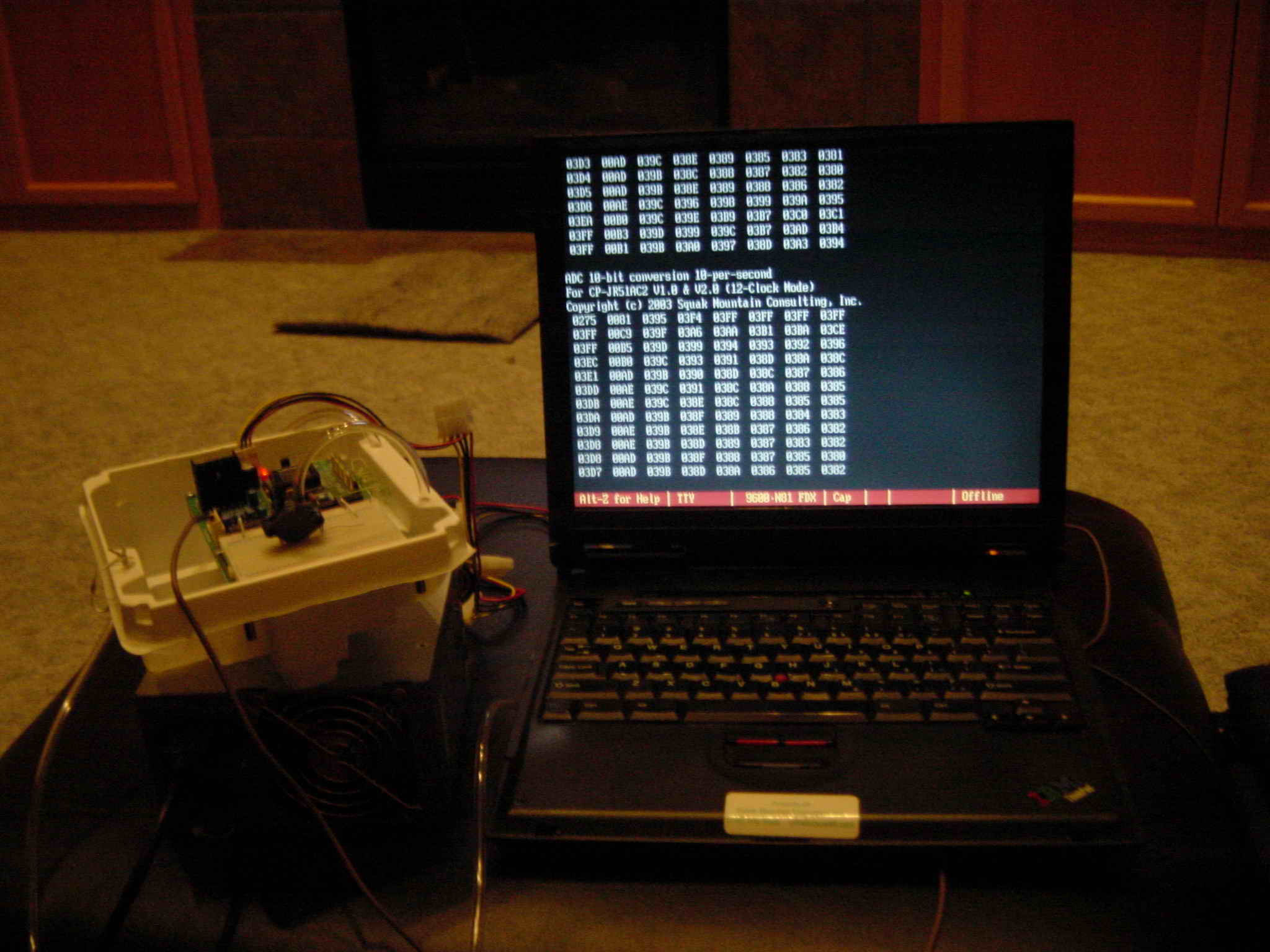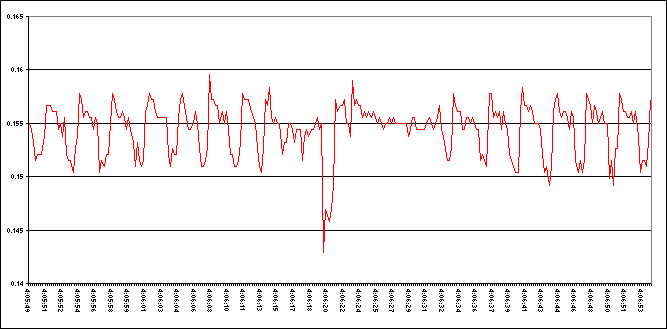| Squak
Mountain Consulting, Inc. |
Monitoring Breathing Air Pressure |
| Please visit these links to our sponsor: Amazon.com |
Please visit these links to our sponsor: Amazon.com |
|
|
|
Monitoring Breathing Air Pressure
PLEASE READ THIS PARAGRAPH FIRST.
THIS IS REALLY DANGEROUS!!!!!!!!!! YOU COULD REALLY HURT YOURSELF!!!!
THIS INFORMATION IS PRESENTED FOR EDUCATIONAL PURPOSES ONLY.
IF YOU WANT TO MEASURE YOUR BREATHING AIR PRESSURE GET PROPER EQUIPMENT FROM YOUR DOCTOR OR MEDICAL PROVIDER.
You take all the responsibility for your use of this information.
There is no warranty, no support, no assurances.
There are errors in this information.
If you hurt yourself and/or others, it's your fault.
If you destroy your equipment or invalidate the warranties, it's your fault.
This disclaimer brought to you by one of the best justice systems on Earth.
This web page copyright © 2006 Squak Mountain Consulting, Inc.
Page 1
Page 2
Page 3
I will spare you the pictures of the apparatus connected to my face.
I found 6 feet of the right diameter air hose quite easily.
It looked like it was meant for hobby use, and cost about two dollars.
I attached it to one of the oxygen ports of my CPAP mask.
I wrote a small program on the SBC to collect data from the ADCs every 1/10th of a second.
Collecting data was pretty easy.
I loaded DOS onto an old laptop and fired up Telix.
This would have worked with Windows and Hyperteminal as well.
| 1. Here is the laptop collecting data. |
 |
| 2. Here is some sample data.
The SBC is reporting data from 8 ADCs.
But, we only have a real input signal at one of them.
So, the data from the other 7 inputs are false.
In this sample, the real data is in the 2nd column from the left. |
ADC 10-bit conversion 10-per-second
For CP-JR51AC2 V1.0 & V2.0 (12-Clock Mode)
Copyright (c) 2003 Squak Mountain Consulting, Inc.
028F 0084 0396 03F0 03FF 03FF 03FF 03FF
03FF 00C8 03A1 03A7 03B2 03B0 03BF 03D2
03FF 00B7 039E 0393 0391 0396 038C 0398
03FC 00B2 039D 0397 038E 038D 038E 0389
03F0 00B1 039D 0389 0391 0389 0387 038B
03F2 00B0 039D 038D 0384 038B 0383 0381
03EB 00AF 039C 0390 038C 0386 038A 0383
03EC 00AF 039D 0386 0389 0387 0380 0386
03EC 00B0 039D 0390 0383 0387 0384 037F
03E7 00B0 039C 038A 038E 0383 0386 0384
03EC 00AF 039D 0388 0384 0387 037E 0380
03E8 00AF 039C 0390 0387 0384 0387 037F
03E6 00AF 039D 0385 038A 0384 0381 0384
03EA 00AF 039D 038B 0380 0387 0380 037D
03E5 00AE 039C 038E 038A 0382 0386 0381
03E7 00AF 039C 0386 0387 0386 037E 0382
03E7 00AF 039C 0390 0383 0386 0384 037D
|
| 3. After an import into Excel and a little programming work to convert the raw data into PSI, I ended up with a graph like this. |
 |
There are a few interesting things to note in this graph:
1. it starts off with normal breathing
breath in : ~.15 psi
breath out: ~.16 psi
2. each breath takes about 5 seconds
3. in the middle of the graph breathing stops,
there is a sharp pressure drop (probably a breath intake),
breathing stops again, and breathing resumes.
This was probably an apnea event.
|
Conclusion:
Common-off-the-shelf (COTS) hardware and software components can be used to measure, log and analyze breathing air pressure.
